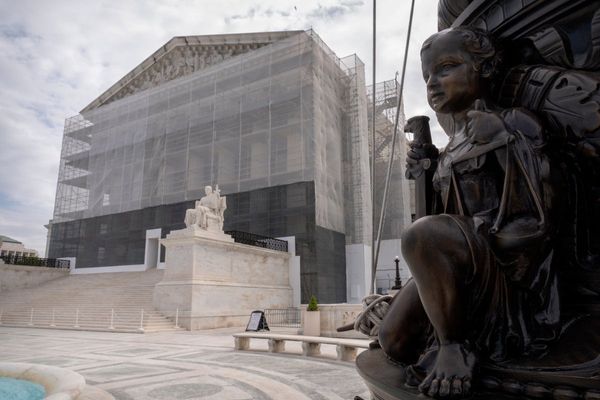
What Paris was between the wars, and New York was in the mid-20th century, Berlin has been for the 21st century: a beacon for artists, writers and musicians. Not only a source of cheap rents and stimulating creative networks, these cities are a font of inspiration. People come from all over the world to let the city be their muse, and give it great art in return. Paris helped to make Hemingway and the Fitzgeralds, New York Sontag and Arendt, and Berlin has made, well …
Berlin’s influence has been strong in visual art and music, but less obvious in the literary world. The city hosts some of the greatest writers we have right now, from Herta Müller to Imre Kertesz, but they were great when they arrived. For all of the anglophone youngsters crowding its rapidly gentrifying borders, the actual output has been slight.
Cass, the twentysomething Australian protagonist of Gail Jones’s new novel, is one such wannabe writer, newly expatriated to Berlin. A devotee of Nabokov, she makes a jetlagged pilgrimage to his former family home in the city and meets similarly obsessed Marco, an Italian academic/real estate broker who leads a Nabokov discussion group. Rather than reading and discussing his work, however, members take turns narrating their life stories in what they call “speak-memories”.
Cass is excited about participating in the “new internationalism” that Berlin provides, but this is also the book’s biggest problem. The group is made up of two Italians, two Japanese and an American, but their stories revolve around rather shocking stereotypes: each person has managed to become the victim of their nation or city’s largest calamity. The Jewish American is the son of Auschwitz survivors; the Japanese man is hikikomori, socially reclusive, because of the Tokyo subway sarin gas attacks; the father of the man from Bologna was killed in the 1980 train station bombing. I kept expecting an Irish survivor of the Magdalene laundries to appear, or a first responder to 9/11.
A Guide to Berlin boasts a glossy surface, but within a few chapters you realise it has all the substance of a cardboard forest backdrop in a school play. Other people’s tragedies become plunder for Jones to decorate her novel with and give some weight to her flighty protagonist. The story Cass tells during her “speak-memory” is merely personal, a family tragedy that feels “thin beside the others”. How can a lost brother compete against the Holocaust? These stories are meant to provides Cass’s training as a writer, rather than her own experiences or studies. She tells the reader she means to be a writer, but we never see her writing, or reading, or even thinking. Convenient, then, that there are others to bring the misery of the world to her to write about.
Berlin’s dark history is just another source of plunder. Cass briefly considers the meaning of the sidewalk plaques that memorialise the Jewish families evicted by the Nazis from each building, and in another scene she visits a makeshift camp for refugees in a town square. But never does she attempt to wrestle with the past or present, nor does she ever seem overwhelmed by the weight of all that has happened in the city. Jones similarly takes the most obvious features of Nabokov’s writing, the stylish prose and precise word choice, and abandons his piercing psychological insight and historical weight. The sentences in A Guide to Berlin are meant to impress with their stylistic acrobatics, but they are hollow, not to mention improbable. Cass responds to a winter storm with: “Snowing again, yes? All those hexagons.”
I kept hoping that the novel would reveal itself to be a brilliant takedown of cultural appropriation, such as Gwen Stefani’s Harajuku Girls controversy, when she hired Japanese girls to follow her around, or the trouble singer Christina Fallin got into for wearing a Native American headdress. When the Japanese woman breaks out the origami during a stressful moment, I waited for a knowing wink to the audience. Disappointingly, A Guide to Berlin is never self-aware enough, and instead it devolves into a ludicrous murder plot.
Berlin is a demanding muse. With its complex history of suffering and evil, it is no wonder some would prefer to skate along its surface rather than delve into its dark heart. The title, then, evokes not the wonderful Nabokov short story of the same name, but simply a pamphlet for tourists, hoping that some of Berlin’s glamour will rub off on them as they walk along the city streets.
• Jessa Crispin’s The Dead Ladies Project: Exiles, Expats, and Ex-Countries is published by Chicago. To order A Guide to Berlin for £10.30 go to bookshop.theguardian.com or call 0330 333 6846. Free UK p&p over £10, online orders only. Phone orders min p&p of £1.99.







